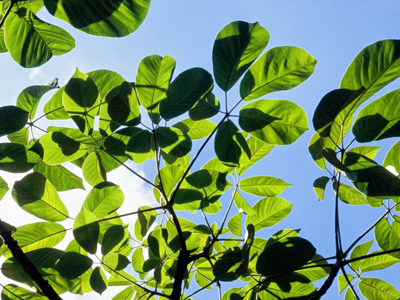
Photosynthesis
This Biology quiz is called 'Photosynthesis' and it has been written by teachers to help you if you are studying the subject at middle school. Playing educational quizzes is a fabulous way to learn if you are in the 6th, 7th or 8th grade - aged 11 to 14.
It costs only $12.50 per month to play this quiz and over 3,500 others that help you with your school work. You can subscribe on the page at Join Us
Photosynthesis is the process in which plants, using sunlight, create sugars by combining carbon dioxide with water. It is important that students of middle school Biology understand photosynthesis and this quiz will help them to revise. Simply put, photosynthesis is the process by which plants feed. Since they are at the start of all food chains and food webs, you could say that they make all of the food for the planet!
Ready for more?
not all...
quizzers. Try to win a coveted spot on our Hall of Fame Page.







